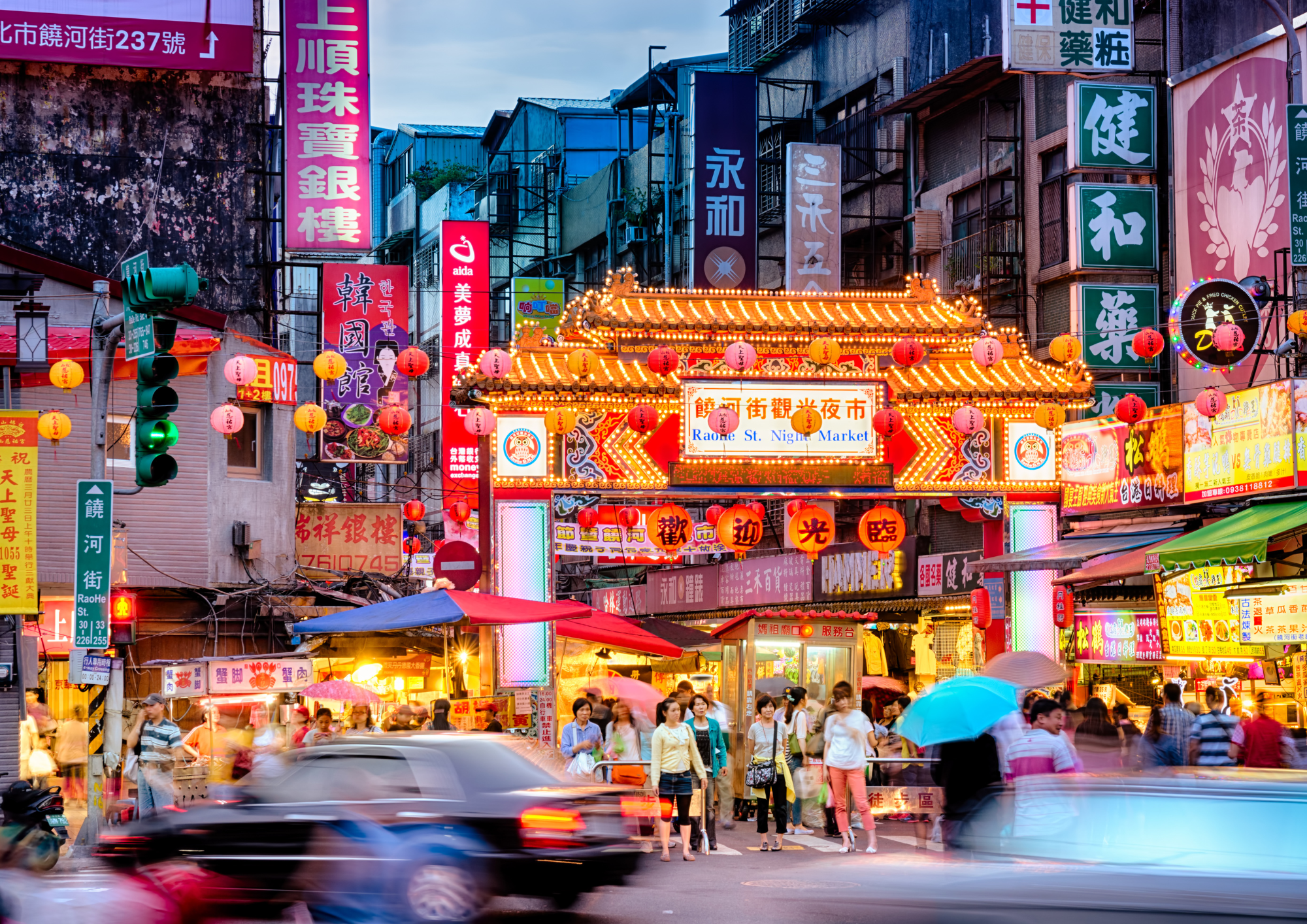Festive Traditions Around the World
As a TEFL teacher, you could be working from anywhere in the world. You’re exposed to many different cultures and customs, from the KFC Christmas dinner in Japan to a 13-metre-tall goat built in the centre of the Swedish city of Gavle. You might want to incorporate some festive traditions into your TEFL teaching. Let’s have a look at some of the most popular festive traditions around the world.
China
In China, Christmas is celebrated on the 25th December but it’s not a religious holiday. Only a small amount of the population are Christian, so celebrations are non-religious and often minimal. It is becoming more popular, with most people who celebrate choosing to do so with their friends. They might go to watch a film, sing karaoke or go shopping. Young couples usually celebrate by exchanging small gifts. Large cities like Beijing, Shanghai and Hong Kong that participate in the festivities centre the celebration around children. They hang stockings for Dun Che Lao Ren (Santa Claus) and give small gifts or a ‘hongbao’ with lucky money.
Japan
Similar to China, Japan celebrates Christmas as more of a friendship holiday, than as a time for family. Friends and couples get together to have dinner parties and celebrate. More people choose to celebrate with family around New Year. The 24th of December is seen as the Japanese Valentine's Day and everybody celebrates this romantic occasion. The Japanese have their own Christmas cake - Kurisumasu Keki - seen as a symbol of prosperity, since Japan rose from ruins after World War II. One of the traditions that seems to be the most sacred, and interesting, is that many Japanese people have KFC as their holiday meal. The tradition came from Takeshi Okawara, the first KFC manager in Japan, who said the idea of a “party bucket,” to be sold on Christmas, came to him in a dream. After a successful marketing campaign, the KFC Christmas party bucket became a sacred tradition, with an estimated 3.6 million Japanese families now choosing it as their holiday meal.
Vietnam
Buddhism is the most popular religion in Vietnam, but they still celebrate the festive season. For most Vietnamese, Christmas is more of a novelty than a religious event and it isn’t an official holiday. Christmas menus and buffets are very common in Vietnam, with most offering traditional Christmas foods such as turkey and Christmas pudding. Since Vietnam was once part of the French empire, many French traditions have influenced the Vietnamese Christmas traditions. Some enjoy a more traditional French dinner - Reveillon - held on Christmas Eve. The Reveillon is known for its luxurious dishes like oysters, escargot and the bûche de Noël, a chocolate, log-shaped cake for dessert. In Vietnam, you’ll find streets decorated with twinkling lights, trees, candy canes, snowflakes and much more.
South Korea
Christians make up about 25-30% of the South Korean population and Christmas is an official public holiday. Most churches will have a service on Christmas day. Going to Church for Christmas is becoming more popular, even among non Christians. A lot of the department stores in South Korea put on large Christmas displays with lots of lights. In the capital, Seoul, there are lights all around the city. Santa Claus is known as: 산타 클로스 (Santa kullosu) or 산타 할아버지 (Santa Grandfather). South Korea has their own version of a Christmas cake, it’s usually a sponge cake covered in cream brought from a local bakery!
Sweden
Swedish people eagerly await Christmas. The celebration begins on Advent Sunday, when people light the first candle in the advent candlestick, a custom going back to the 1890s. One candle is lit every Sunday before Christmas until all four candles are lit. Christmas is a big family event in Sweden, with people sharing gifts and eating Christmas food. People make the effort to go and be with their families at Christmas time. Swedish people put Christmas trees up and put their gifts under the tree. There are smorgasbords with the traditional Swedish Christmas dishes like ham, pork sausage, an egg and anchovy mixture (gubbröra), herring salad, pickled herring, home-made liver pâté, wort-flavoured rye bread (vörtbröd), potatoes and a special fish dish, lutfisk. You will find Gävlebocken, a giant straw goat, in the centre of Gävle (although it is being temporarily moved for the next three years). Gävlebocken is famed around the world for the annual battle between anonymous arsonists who try to burn it down and the city authorities, who try to keep it intact until after Christmas. Although it’s been burned down 29 times out of 50, the people of Gävle are very proud of it.
It’s great to share your Christmas traditions with your class, as well as embracing theirs. You can find some great Christmas themed TEFL activities on one of our previous blog posts here!











